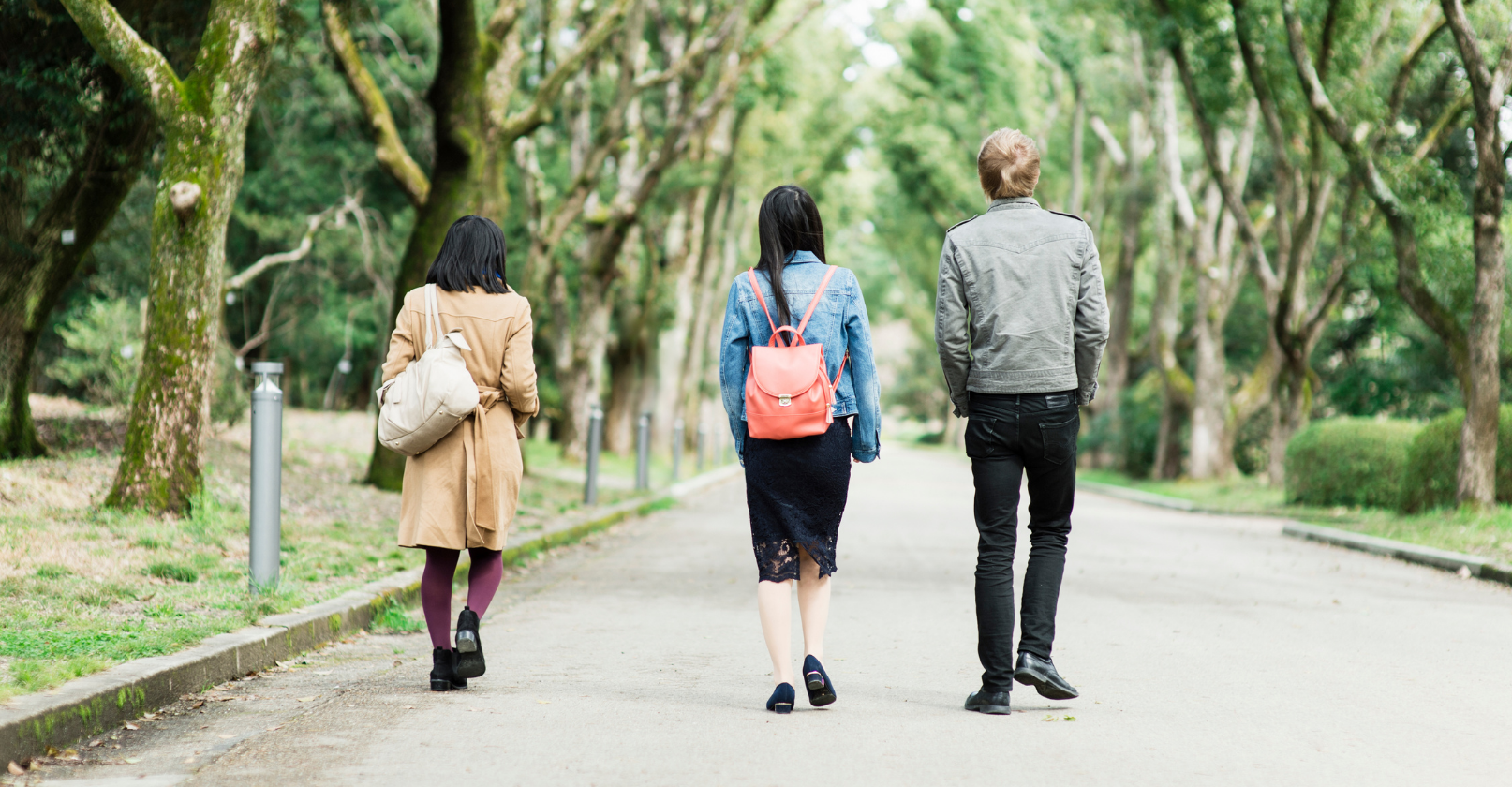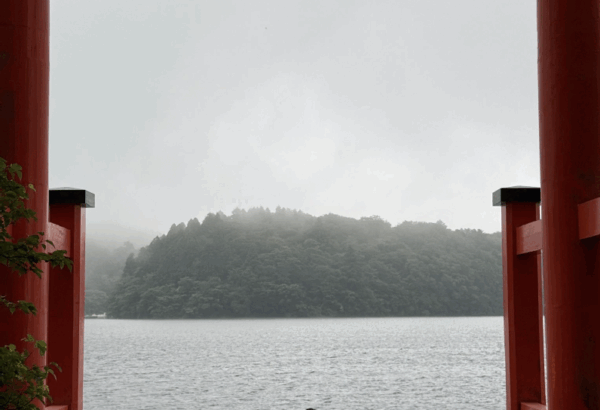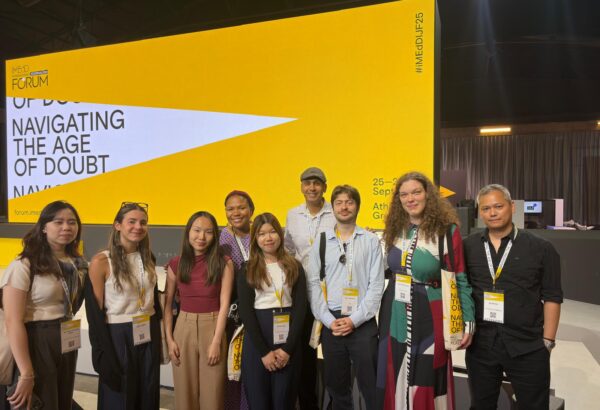A walking pace is the speed of community. – Nipun Mehta
Pacing yourself for community encounters
Mehta’s ideas are based on what he calls “a walking pace”. Intentionally slowing yourself so that you can really see others as you move through your day. At the same time, walking opens you to spontaneous encounters that you may not have intended to have. In essence, while you are controlling your pace to be more aware of your surroundings, you are releasing control of what or who you might meet along the way.
This process allows for “the speed of community.” Walking this way, sharing your time with others, loosens the grip on your own agenda. Our lives are busy, our time is precious. Sharing it with others freely can feel revolutionary. Have you ever had someone stop their busy agenda, look you in the eye and talk with you even though you know they have so much to do? Have you felt that kind of care? I remember a recent conversation with David Grossman of Civic House where he told me that he’d removed “I’m busy” from his conversational lexicon. He explained that everyone is busy, all the time. By working hard to not say those words, he reminds himself to be present with others regardless of his own pressing schedule. That is how you build community.
Community Values
As we emerge from a pandemic we may recognize our need for social interaction more than ever. This provides an opportunity to think intentionally about how we can fulfill our personal responsibilities in such a way that we allow ourselves time to walk at what the Rev Dr. Chaz Howard calls “a savoring pace.” This is the pace that builds community. And it is fun too! Having a good conversation with yourself (about your surroundings) and with others while walking can fuel and regulate your emotions so that you can work better. I know this from my own experience –when I see a friend and have a short conversation with them, it can turn my day around. When I get outside to experience nature, my mind relaxes and restores.
One of the assignments in my Political Empathy and Deliberative Democracy class asks students to walk down Walnut street from 50th to 2nd and engage in participant observation. They are encouraged to be free to observe and “make the strange familiar and the familiar strange” as Clifford Geertz once said about ethnography. I cannot wait to hear back from them about what intentional walking brought to mind for them.
A lesson we learned in the early days of the pandemic, when many folks adopted walking regimes, can be applied now that we are moving back into the full swing of life. Can we take time to wander a bit? To walk down Locust walk or Walnut street east or west and encounter community. What can we continue to learn from times to walk and wonder and imagine and build community? My hunch is investing more time in this direction can help us become what Dr. Batsi Bvunzawabaya at CAPS calls “a community of care.”




